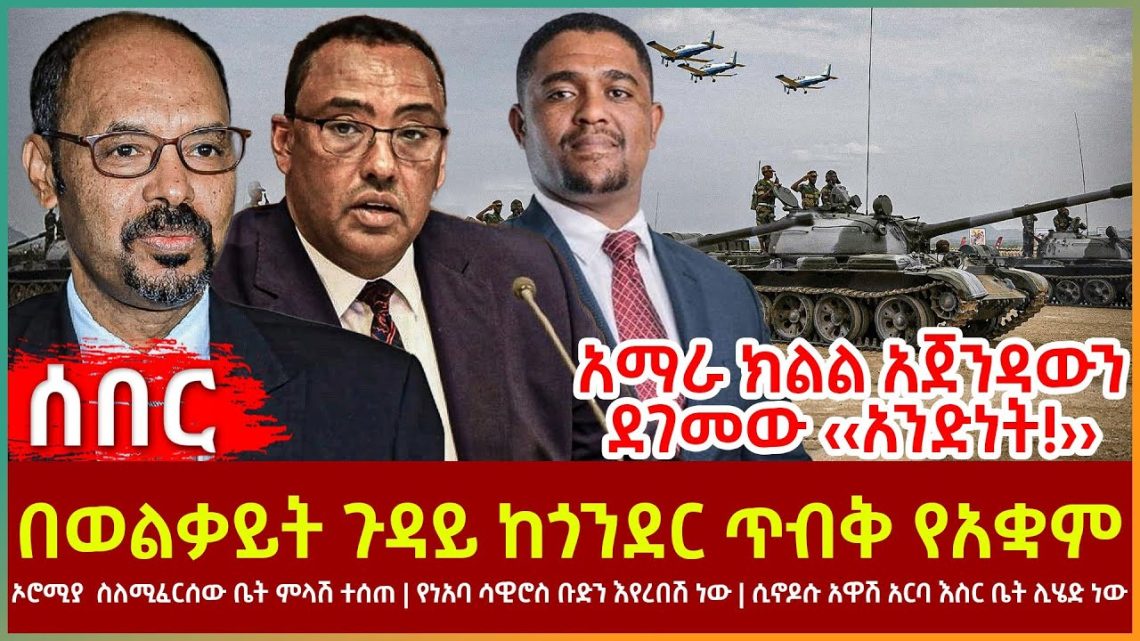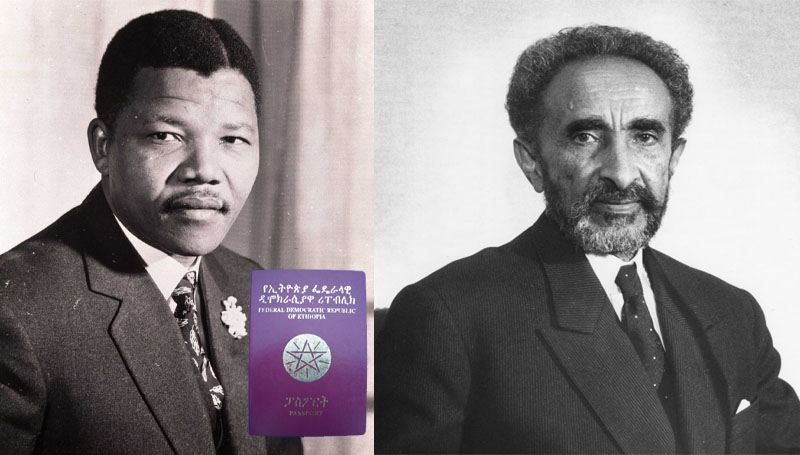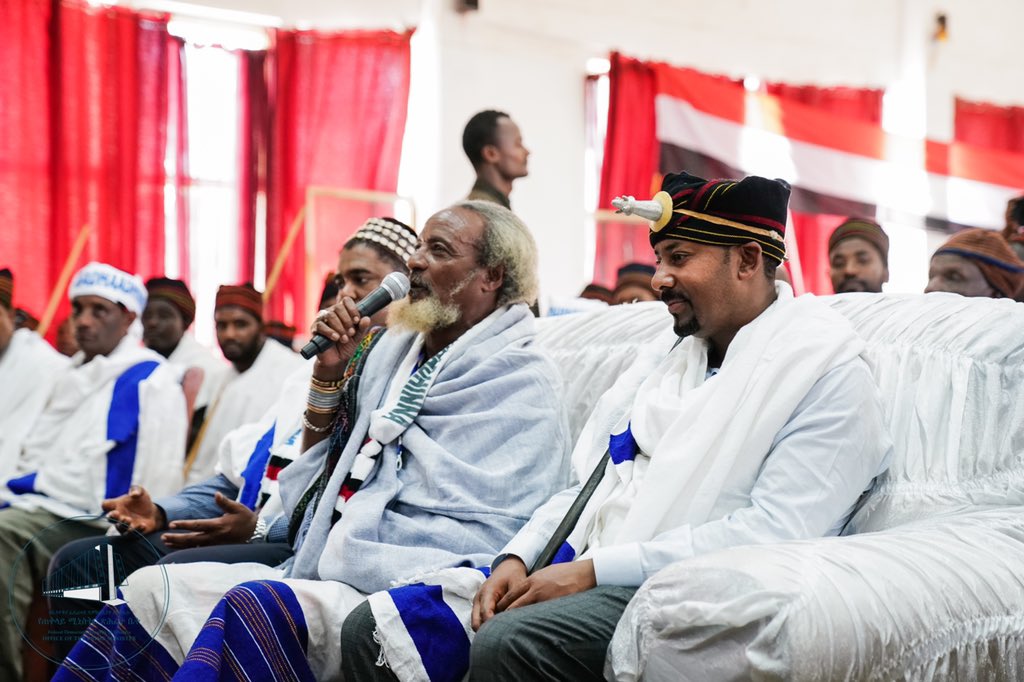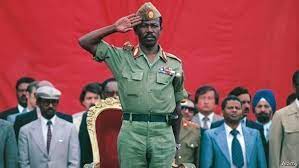The conflict between the northern regions of Gondar and Tigray has been ongoing for several years, with tensions increasing since the Tigray crisis began in November 2020. The conflict has resulted in a significant displacement of people, destruction of property, and loss of life. This report will provide an overview of the conflict and its causes, the parties involved, and the humanitarian consequences.
Background:
The Gondar region is located in northern Ethiopia, bordering the Tigray region to the east. The Tigray region has been in conflict with the Ethiopian government since the Tigray People’s Liberation Front (TPLF), which had controlled the region’s government for decades, was removed from power in 2018. The TPLF launched an offensive against the Ethiopian government in November 2020, which escalated into a full-scale conflict.
The conflict spread beyond the Tigray region and into neighboring areas, including Gondar. Tensions between the two regions have been fueled by historical animosity, ethnic differences, and resource competition. The Tigray region is predominantly Tigrayan, while the Gondar region is home to a mix of ethnic groups, including Amhara, Tigrayan, and other groups.
Parties Involved:
The conflict involves several parties, including the Ethiopian government, the Tigray People’s Liberation Front (TPLF), and local militias. The Amhara Regional Government, which governs the Gondar region, has also become involved in the conflict. The Amhara government has claimed that parts of the Tigray region, including the town of Humera, historically belonged to the Amhara ethnic group and has sent troops to the region to claim it.
Humanitarian Consequences:
The conflict has had significant humanitarian consequences, with thousands of people displaced from their homes and livelihoods destroyed. There have been reports of human rights abuses committed by all parties involved, including extrajudicial killings, sexual violence, and the use of child soldiers. The conflict has also disrupted essential services, including healthcare and education, and has led to food insecurity in the region.
Conclusion:
The conflict between the Gondar and Tigray regions is a complex issue that is rooted in historical, ethnic, and resource-based tensions. The conflict has resulted in significant humanitarian consequences, and all parties involved must take steps to ensure the protection of civilians and respect for human rights. The international community has a role to play in supporting efforts towards peace and reconciliation in the region.



